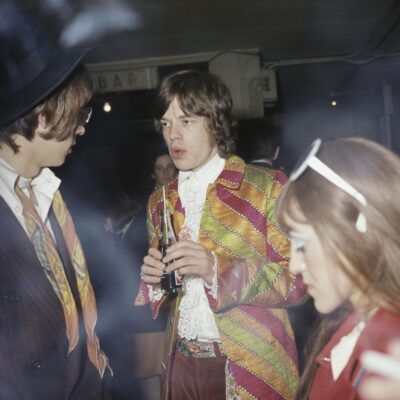
Fashion & History 15.04.2025
16.05.2022
contemporary fashionfashion exhibitionrunway archive
Performing masculinities at Pitti Uomo 81
For its 80th edition in 2011, Fondazione Pitti Discovery launched ‘Vestirsi da Uomo’ (Dress like a Man), a project focused on the exploration of the meanings and definitions of contemporary masculine elegance. To mark this event, both in 2011 and 2012 Pitti Discovery presented a reading of the theme which took the form of two highly reflective and striking performances, which played around the idea of gender being something performative and performable.
In 2011, Olivier Saillard was appointed as the director; as historian and curator, he gave an original interpretation of the theme and developed it ‘on the catwalk’: female models – the iconic mannequins Violeta Sanchez, Amalia Vaireli, Axelle Doue’, Claudia Huidobro – were in fact walking down the runway ‘wearing’ what Saillard defined as ‘masculine attitude’: a way of being and dressing, which comes before the gender we commonly attach to each piece of clothing.
The following year, in occasion of Pitti Uomo 81, the second edition of Vestirsi da Uomo took place. Art director Marc Ascoli staged this edition; he developed his concept on the idea of the gender game; as he himself declared: ‘a game between real and surreal, between the real garment and the imagery it evokes: exuberant, filled with energy, fanciful, dreamlike and visionary.’ Ascoli decided to involve students from Polimoda to take part onto the performance, considering them as the new generation shaping the contemporary sensibility towards fashion and clothing, and how they can help in shaping identity.
The two performances demonstrated how, in a society in which the very definition of gender has become fluid and evolving, contemporary masculinity can be regarded more as an attitude than an actual apposition related to men. In this scenario, fashion plays a fundamental role, not only because clothes visually gather the characteristics that we appoint to what is masculine or what is feminine, but also because clothes, and the way they are constructed, can influence postures, gestures and, consequenty, behaviours.